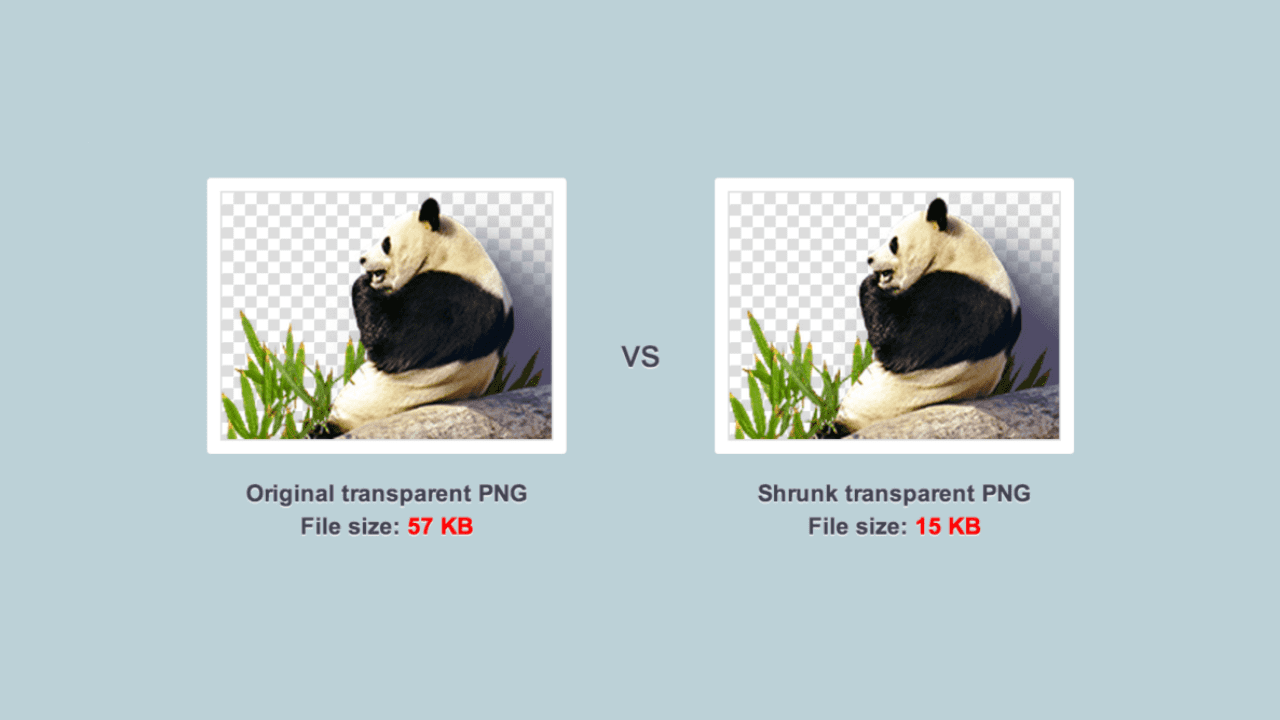Optimize and Resize Images with Open-Source Tools
Learn how to effectively compress and resize images using open-source tools to enhance website performance and user experience.

How to Compress and Resize Images for Optimal Performance with Open-Source Tools
Optimizing images is vital for improving website performance and enhancing the user experience. Large, unoptimized images can slow down your site, extend loading times, and adversely affect SEO. This post will guide you through the process of effectively compressing and resizing images using open-source tools, allowing you to achieve optimal performance without incurring high costs.
The Importance of Image Optimization
Optimizing images leads to reduced file sizes, resulting in faster load times and decreased bandwidth usage — a crucial factor for mobile users with slower network connections. Moreover, properly optimized images can enhance search engine rankings and overall user satisfaction.
Steps for Image Compression
1. Select the Appropriate Format
Different image formats provide various compression methods:
- JPEG: Suitable for photographs and complex images. It employs lossy compression to minimize file size while maintaining acceptable quality.
- PNG: Best for images requiring transparency and lossless quality, ideal for logos and graphics.
- WebP: Offers superior compression rates and supports both lossy and lossless methods.
2. Utilize Open-Source Image Compression Tools
Consider using the following open-source tools for effective image compression:
- ImageMagick: A powerful command-line tool that supports numerous formats and provides advanced compression options. It allows for extensive image conversion, editing, and compression.
- JPEGoptim: Specifically designed for optimizing JPEG files with minimal quality loss, it enables users to adjust compression levels and optimize multiple files in batch mode.
- OptiPNG: A command-line tool optimized for PNG files that compresses images without sacrificing quality.
3. Adjust Compression Settings
When using these tools, it’s typically possible to modify the level of compression:
- Quality Slider: Tools like ImageMagick enable you to set quality levels when saving images. A quality setting between 70-80% often strikes a good balance between file size and image quality.
- Compression Level: OptiPNG allows you to adjust compression levels, helping you find the optimal trade-off between size and quality.
Guidelines for Image Resizing
1. Determine the Right Dimensions
Identify suitable dimensions for your images based on their intended use:
- Websites: Resize images to fit designated areas on your site (e.g., banners, thumbnails).
- Social Media: Adhere to platform guidelines for image sizes to ensure optimal display.
2. Use Open-Source Image Resizing Tools
Consider these open-source tools for resizing images:
- GIMP: A powerful image editor that supports resizing and other adjustments, offering a user-friendly experience along with extensive features.
- IrfanView: A lightweight tool suitable for batch processing and resizing images. While not open-source, it is free for non-commercial use and provides easy resizing and conversion options.
- PIL/Pillow: A fork of the Python Imaging Library that delivers robust image processing capabilities, including resizing through programmatic manipulation.
3. Maintain Aspect Ratio
When resizing images, it’s crucial to maintain the aspect ratio to prevent distortion. Most resizing tools offer the option to lock the aspect ratio, ensuring proportional adjustments to both width and height.
Best Practices for Image Optimization
- Implement Responsive Images: Use HTML’s
srcsetattribute to offer different image sizes based on the user’s device, ensuring optimal rendering. - Utilize Browser Caching: Configure caching headers to allow users’ browsers to store and reuse images, thereby reducing load times on repeat visits.
- Optimize for SEO: Use descriptive file names and alt text to enhance SEO and improve accessibility for users.
Conclusion
By compressing and resizing images with open-source tools, you can significantly boost your website’s performance and user experience. Through careful selection of formats, effective utilization of tools, and adherence to best practices, you can ensure that your images load swiftly and appear stunning on all devices.

